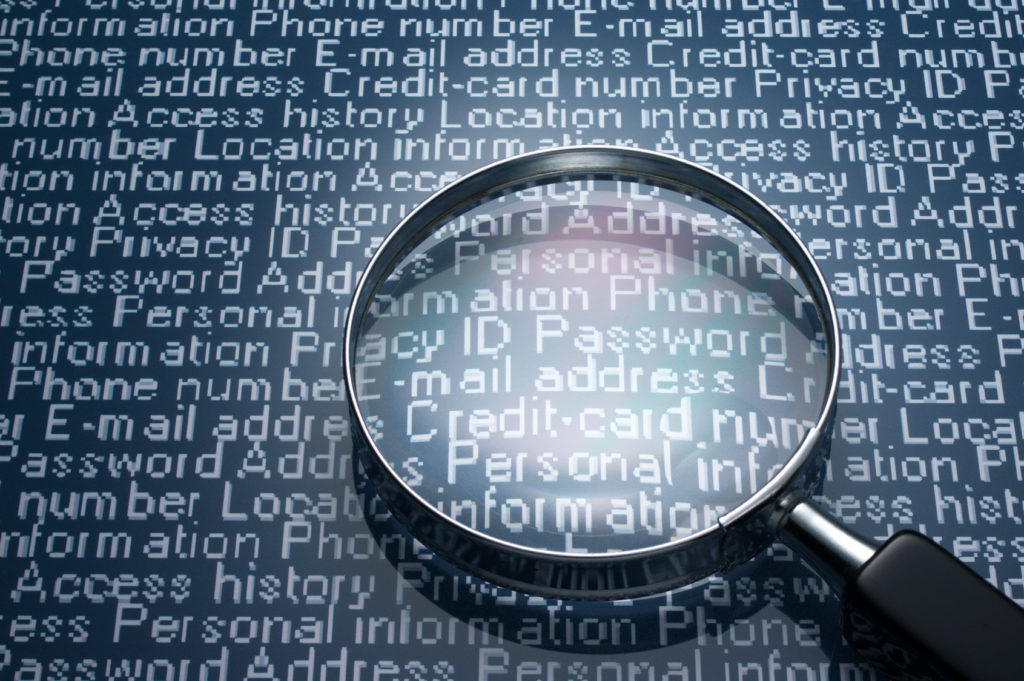
HOW TO PREVENT SENSITIVE DATA EXPOSURE
If you own a computer or mobile device, is it really yours? Yes and no. It’s a trick question, because although they’re our possessions, anything stored on them may be shared or owned by someone else. In our increasingly digital world, we’re always at risk of sensitive data exposure.
It sounds scary, and it is. Sensitive data can be exposed quite easily if you don’t take the appropriate security measures.
Below are 8 steps to help keep your data safe.
ENCRYPTION
The number one way to prevent sensitive data exposure is to make sure your data is encrypted at all times (at rest and in transit). Regardless of whether your data is stored on your hard drive or in transit to another location, it needs to be encrypted at all times.
Keep in mind that if you store or move your data to open text format, you’re basically asking attackers to target your content. With encryption, you can make sure that only the people who are meant to see your data can actually see it. Naturally, there are other steps to take to protect your data, but encryption is a vital starting point.
STORING PRECAUTIONS
It’s important to be careful about what data you physically store on your computer. While it may seem beneficial to have a backup copy on there, it can actually increase your risk.
Storing your data on your computer makes it easier for threats to reach it. If it’s sitting there unguarded, it’s all too easy for attackers to gain access. This threat is increased if you haven’t taken any encryption precautions.
If you want to protect yourself from sensitive data exposure, delete any data after it’s done its job or it’s no longer needed. If it’s not present on your hard drive, there’s nothing to lure attackers in.
PASSWORDS
Basic passwords are a dime a dozen. Far too many computer users stick with simple passwords — ahem, “password123” — and then use the same variations across all accounts. How many of your websites and accounts use the same password? It’s time to change that!
For optimal security, you should be using a password generator, or mixing up complex phrases, to keep all of your accounts safe. This can help minimize the risk of sensitive data exposure.
If you decide to use a randomly generated password, make sure that it’s stored with an algorithm specifically designed to protect it. There are various scripts you can use to ensure that your password is encrypted properly.
AUTOCOMPLETE
Google Chrome and other browsers have hopped onto the autocomplete train. This means that you can spend less time filling out tedious forms and more time watching cat videos on YouTube. Convenient? Yes. Smart? No.
Autocomplete is an easy way to make yourself vulnerable to sensitive data exposure, because the data that goes onto those forms is sensitive by nature. Think about it: if your browser is automatically inputting your credit card information, it has to be stored on your computer somewhere. Is that really the best idea?
For better protection, turn off autocomplete and delete any data used by your browser. Autocomplete may make your life easier in the short term, but dealing with a data hack is much more difficult in the long run.
GATEWAYS
Everything comes back to encryption. Just as you want to ensure your data is encrypted properly, you also want to make sure that the gateways you use are private.
Although there’s standard security technology for this, you’ll want to use the advanced options available — whether that’s SSL or TSL. This provides an extra measure of security between your web server and your browser that can go the extra mile to prevent sensitive data exposure and keep you safe.
ASSESS
Just because your information is under lock and key and seems safe, it doesn’t mean that you can just leave it and hope for the best. Technology continues to advance at a fast pace — and it’s important to stay on your toes in terms of how that relates to your business.
As your business practices change, your level of risk and liability may change. You should run regular checks to ensure you won’t fall victim to sensitive data exposure. This is also beneficial in making sure everything’s in working order. If you’re at risk for an attack, assessing your setup and methods can help keep your data safe before it occurs.
Additionally, you’ll want to change your passwords regularly. Don’t rotate through your passwords, but instead generate a new one each time for optimal security.
PLAN
When it comes to sensitive data, plan for the worst.
If you don’t know what you’ll do in the event of a security breach, everything can dissolve into chaos. This can mean you take drastic measures — which may or may not be appropriate, depending on the level of the breach.
Make sure you’re keeping (secure!) backups of your data. This can turn an intense and harmful security breach into a minor inconvenience.
Afterward, assess your approach to sensitive data and see if there are any steps you can take to prevent an attack from happening in the future.
PREVENT SENSITIVE DATA EXPOSURE
Preventing sensitive data exposure can seem like a hassle, but it’s well worth it to keep you safe from harm in the long run.
Do you have any questions regarding security and sensitive data? Contact the Lockr team for answers today.
